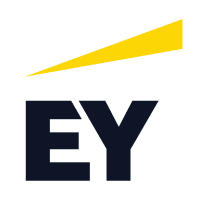

Head of legal and compliance, Nordics | Konica Minolta




Kristian Øhrstrøm
Head of legal and compliance, Nordics | Konica Minolta
How do you approach managing legal aspects during periods of instability or crises, and how does your legal strategy align with the broader business strategy to ensure the organisation’s resilience?
Visibility and communication are crucial management disciplines during periods of instability or crises. This principle also applies to managing legal aspects and departmental operations.
Aligning legal strategy with business strategy requires strategic communication, agility, scenario planning, resource allocation, and ethical considerations. This alignment enhances resilience by mitigating risks, ensuring compliance, supporting business continuity, building stakeholder trust, and facilitating recovery.
What are the major cases or transactions you have been involved in recently?
Being an in-house lawyer, I have the pleasure of working on a broad range of legal topics closely linked to business activities and specific business needs. Recently, our team has been deeply involved in supporting the business with M&A activities and new strategic business decisions. Furthermore, our team has continued to strengthen our setup for GDPR and Information Security aspects. This not only includes maintaining basic corporate GDPR compliance but also supporting sales activities with contractual templates, data processing agreements, ISAE 3000 certificates, ISO 27001, awareness training, and both internal and external audit activities.
Our team is deeply involved in Risk Management and drives the process to identify, analyse, evaluate, and mitigate risks in close collaboration with key stakeholders in the organisation. We support drafting and implementing policies and guidelines to meet business needs. Additionally, we conduct interactive compliance training in selected areas, increasing general awareness and implementing actionable guidelines to support desired behaviour in areas identified through our Risk Management.
What emerging technologies do you see as having the most significant impact on the legal profession in the near future, and how do you stay updated on these developments?
Working within a business that combines print and digitalisation, discussions on the use of AI and machine learning are common. These technologies are expected to revolutionise document management and legal tasks such as document review, legal research, and contract analysis. By discussing these advancements with experts within the organisation and meeting regularly with legal technology companies embracing these emerging technologies, I aim to stay informed on how to improve my practice.
The integration of AI in the legal business offers the potential to enhance efficiency, accuracy, and accessibility in legal services. However, with the introduction of AI, the legal profession must address significant ethical considerations to ensure the responsible use of this technology. One key ethical consideration is transparency. AI systems must be designed to provide clear explanations of their operations and decision-making processes. Legal professionals using AI should understand and be able to explain how conclusions are reached. Accountability is also crucial; if an AI system makes a mistake, it is important to determine who is responsible and ensure mechanisms are in place to correct errors.
Head of nordic legal and compliance | Konica Minolta
Jurist/ legal adviser & compliance officer | Konica Minolta Business Solutions Denmark A/S
Jurist/ legal adviser & compliance officer | Konica Minolta Business Solutions Denmark A/S
Konica Minolta, specialising in the provision of managed print and document management solutions has over the last decade branched out into the IT sector, putting it face to face with...